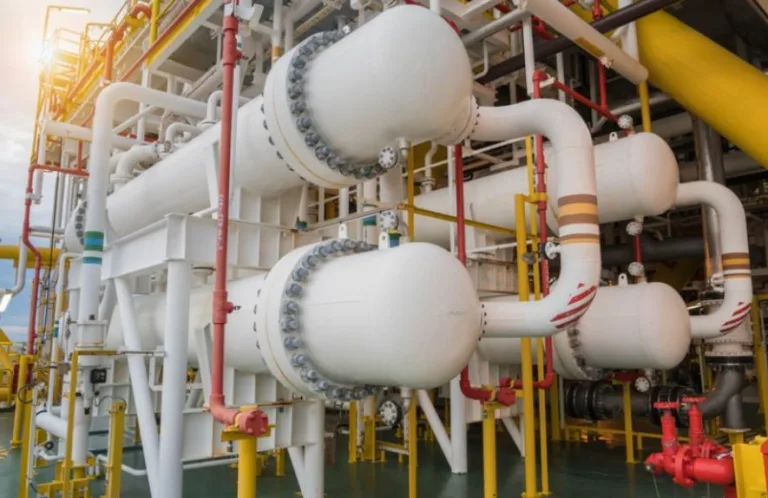Ten Game-Changing Technologies Poised to Redefine Industries, Daily Life, and the Global Landscape During 2025
The tech world never sleeps, and 2025 is already lining up to be a headline year. From clean-energy revolutions to mind-bending advances in human – machine interfaces, the next twelve months promise to deliver tools and platforms that once lived purely in speculative fiction. Below is a forward-looking map of ten innovations most likely to redefine daily life, business strategy, and global culture before the year is out.
Closely following strategic forecasting is the excitement of watching early-stage technologies transition into mainstream adoption. Gaming communities, in particular, have a sharp eye for identifying emerging trends early — scroll through the 4rabet blog and you’ll find dynamic discussions on how the latest tech could enhance frame rates, disrupt esports outcomes, or give rise to entirely new virtual economies. That same focused attention serves as a valuable guide for anyone aiming to assess which innovations are prepared to move from research to real-world impact.
1. Generative AI Co-Pilots Evolve Beyond Text
Chatbots were 2023’s breakout story, but their next act is far more ambitious. New multimodal co-pilots blend text, voice, imagery, and code into single flows. Picture drafting a PowerPoint slide with spoken instructions, then asking the AI to convert it into an Excel dashboard — all inside one window. The shift reduces context-switch fatigue for knowledge workers and fuels an explosion of citizen-developer apps built by non-coders.
2. Quantum Computing Hits the “Utility” Milestone
QuBits no longer hide in physics departments; several vendors will offer mid-scale quantum processors via cloud dashboards by late 2025. Early adopters in pharmaceuticals and finance are lining up to brute-force molecular simulations or optimize dense risk portfolios. The catch: error correction remains pricey, so expect hybrid architectures that hand off the heavy lifting to classical GPUs when quantum noise spikes.
3. 6G and Ultra-Wideband Connectivity Take Root
While 5G still rolls out in many cities, research labs from Seoul to Stockholm are stress-testing 6G prototypes capable of terabit-per-second bursts. The immediate benefit is low-latency mixed reality and lag-free cloud gaming; the deeper impact is a step toward “real-time everything,” from autonomous drone swarms to factory robots that coordinate movements on millisecond clocks.
4. Solid-State Batteries Rewrite the Math of Mobility
After years of slide-deck promises, solid-state cells with 30 – 40 percent higher energy density are finally entering limited automotive production. Charge times drop below fifteen minutes, and cycle longevity jumps past 1,000 recharges without significant decay. Beyond electric cars, the same chemistry is heading for eVTOL aircraft, making short-haul electric air taxis less of a sci-fi daydream.
5. Spatial Computing Matures into XR 2.0
Clunky VR headsets are giving way to lighter, pass-through devices that blend augmented overlays with full virtual immersion. The term “spatial computing” better captures the mix — think collaborative 3D whiteboards, hands-free design reviews, or fitness apps that project real-time posture corrections onto your living-room wall. The killer feature is eye-tracking that swaps menus only when you glance at them, cutting motion sickness dramatically.
6. Autonomous Logistics Drones Take the Sky
Regulators in several regions have green-lit beyond-visual-line-of-sight operations for small cargo drones. Supermarkets and pharmacies are first in line, keen to shave last-mile delivery costs. The economics flip as soon as fleets exceed fifty units: battery swaps, maintenance hubs, and smart routing AI drop average parcel fees below standard van delivery in suburban zones.
7. Synthetic Biology and CRISPR 3.0 Democratize Bio-Manufacturing
CRISPR went from gene-editing marvel to household vocabulary, and its next-gen variants now cut DNA with unprecedented precision. Start-ups are engineering microbes to churn out everything from spider-silk textiles to low-carbon jet fuel. Meanwhile, desktop gene printers shrink prototyping cycles from months to days, letting small labs iterate bio-based materials the way software teams push code.
8. Privacy-Preserving Computation Goes Mainstream
As data-privacy laws tighten, firms turn to secure multi-party computation and homomorphic encryption. These tools let analysts crunch encrypted databases without ever decrypting the source material. Banks can collaborate on fraud-detection models, and hospitals can pool patient data for research without violating confidentiality. The tech is math-heavy, but new SDKs wrap it in developer-friendly APIs, removing the steep learning curve.
9. Carbon-Negative Tech — Direct Air Capture Plus Green Hydrogen
Climate urgency collides with industrial pragmatism in 2025. Modular direct-air-capture units capable of locking away one thousand tons of CO₂ per year will pair with on-site green-hydrogen electrolyzers. Heavy-industry giants test these combined systems to slash scope-three emissions while banking carbon credits. The convergence also sets the stage for synthetic-fuel production that recycles captured CO₂ into aviation-grade e-kerosene.
10. Brain–Computer Interfaces Get (Relatively) Non-Invasive
Medical-grade neurotech is edging closer to consumer wearables. Recent breakthroughs use ultrasound and near-infrared light to read cortical signals through the skull, avoiding surgical implants. Early demos let users type short phrases or control smart-home devices purely by intent. Accessibility advocates see a lifeline for people with severe motor impairments, while ethicists debate the boundaries between convenience and cognitive privacy.
What Ties These Trends Together
Across all ten technologies, three patterns repeat: edge-to-cloud fusion, orchestration by advanced AI, and an undercurrent of sustainability. Edge devices — from delivery drones to XR glasses — push sensing and compute closer to users, slicing latency. Cloud back-ends harness new silicon for brute-force learning, making those edge gadgets smarter over time. Meanwhile, every innovation is judged against its carbon ledger, nudging design teams to integrate green chemistry or low-power architectures from day one.
How to Ride the Wave Without Wiping Out
For businesses, the safest bet is a portfolio mindset: test-bed projects in two or three domains, sandbox budgets to fail fast, and skills-mapping for employees eager to reskill. Individuals should track adjacent skill sets — like prompt design for AI co-pilots or drone-fleet logistics for e-commerce — because early movers capture disproportionate upside when a niche explodes.
A Final Word on Hype vs. Reality
Not every promise will pan out at full scale by December, but waiting for 100-percent certainty means arriving late to the party. The smarter play is calculated curiosity: pilot a quantum proof-of-concept, grab a solid-state battery lease for your fleet, or integrate a privacy-preserving analytics layer before regulations force the scramble. By the time 2026 previews start rolling in, the winners of 2025 will already be miles down the road — fueled by the very technologies lighting up headlines today.




